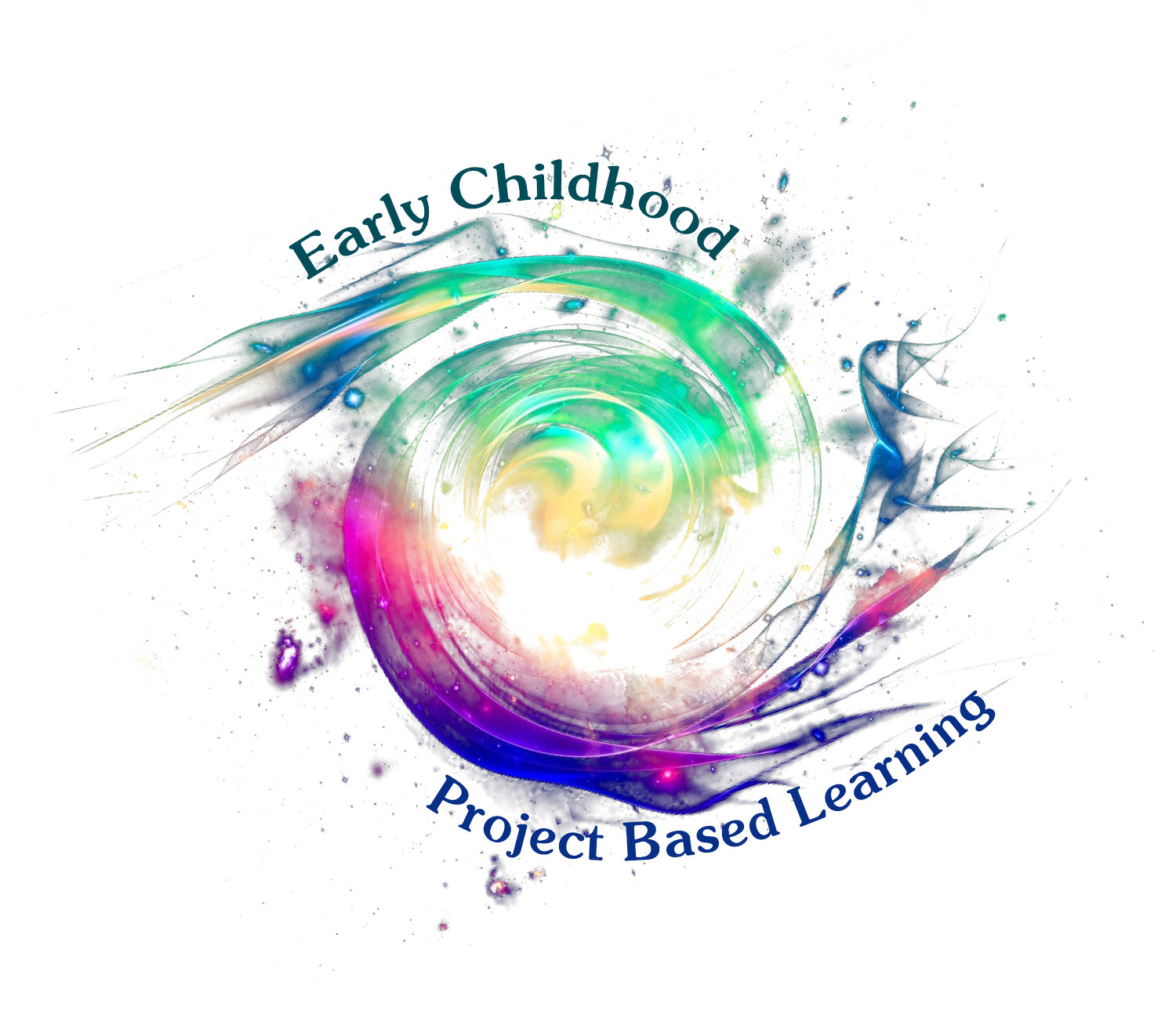Inspiring Young Historians at A2 STEAM
If you ask a first-grade student at A2 STEAM about the history of their school, you might be surprised by the detailed response you receive. They might tell you about Katherine Harrington, the first principal when the school was called Northside Elementary, or about the ice rink that existed outside the school for decades until the weather became too warm to keep it frozen. They might also share that after the school transitioned to a K-8 institution, a new gym, a STEAM Lab, a band room, two new classrooms, and a middle school wing were built. Their knowledge reflects a rich history curriculum, designed through Project-Based Learning (PBL). This unit was collaboratively authored and refined by first-grade teachers Beth Lafferty, Liz Pierce, and Caroline Semrau.
Designing a Curriculum that Engages
At A2 STEAM, teachers design much of the curriculum using the PBLWorks framework. Students in grades K-8 engage in collaborative learning, skill acquisition, and creative expression through rigorous PBL units three to five times each school year. Over the past decade, teachers have refined these units through structured reflection and collaboration. They evaluate the authenticity of activities and artifacts using criteria outlined by John Larmer in his 2012 article, “PBL: What Does It Take for a Project to Be ‘Authentic’?” on the Edutopia website. These criteria include:
Personal Authenticity: The project focuses on issues relevant to students’ lives.
Contextual Authenticity: The project sets up realistic scenarios or simulations.
Procedural Authenticity: The project involves tools and processes used in real-world settings.
Impactful Authenticity: The project meets real-world needs or creates products used by real people.
Engaging Students with Personal Authenticity
We don’t often think of six- and seven-year-olds as history buffs, but they are naturally curious. At A2 STEAM, a carefully crafted Entry Event sparked this curiosity at the Ann Arbor District Library. Students rotated through stations, with one station led by Jared Aumen, Ann Arbor Public Schools Secondary Social Studies Chair, who explained the role of historians. He showed students pictures of A2 STEAM from different eras, prompting them to ask questions and think like historians.
The young historians then visited the AADL 200 exhibit, where large-format photographs compared familiar Ann Arbor landmarks to 20th-century black-and-white photos. This experience generated excitement and deeper questions, which were perfect for introducing the Driving Question: "How does the history of Ann Arbor connect to the history of our neighborhood and our school?" Teachers used the Need to Know protocol to guide students in asking questions to better understand the challenge.
AADL’s Colin Simpson discusses the first graders’ projects with them.
Building Knowledge and Contextual Authenticity
PBL at A2 STEAM includes an inquiry component and a design challenge. For this unit, students learned about the school’s history as part of Ann Arbor’s Bicentennial celebration. They created timelines and maps of the school’s changes over the years, then moved to the design phase, asking, “How can we teach others about the history of our school?” This challenge was framed to solve a real-world problem, making learning relevant and impactful.
Deepening Inquiry with Procedural Authenticity
Historians work like detectives, examining evidence to solve mysteries. In this project, students explored archival storage boxes filled with documents, yearbooks, photographs, and film reels, which had been hidden in the school's basement for decades. They asked questions like, “When did we have an auditorium?” and “When was that wing built?” This primary source exploration was naturally engaging.
Students then interviewed community members who had been part of the school at different times, including former students, teachers, and administrators. These firsthand accounts helped students connect personal stories to historical artifacts, enhancing their understanding and inquiry.
Principal Torian Billings listens to a student’s history report
Making an Authentic Impact
Last year, the project culminated in a school tour where students created historical markers and led their families through the school, serving as docents and experts. This year, students created permanent displays for the Traverwood Branch of the Ann Arbor District Library, wrote and curated facts about the school’s history, and created a podcast with the help of eighth-grade students. These products can be viewed on this website.
Reflecting on the Journey
The project evolved from a family unit to a school history unit, providing a more equitable experience for a diverse student body. During the pandemic, Environmental Education teachers Coert Ambrosino and Dave Szczygiel designed lessons about the school’s history, which inspired the current project. Structured workshop time allowed teachers to reflect on and revise their PBL units. Feedback from experts like Jared Aumen in this collaborative design time led to high engagement and meaningful outcomes for students.
Structured opportunities for revision help teacher teams to make better decisions for their students. During this reflection, teachers take personal notes in the single-point rubric for project authenticity and come together as a team to discuss their thoughts and ideas. The changes made to this project over the years have made learning more accessible to a widening range of learning styles, cultural backgrounds, and academic proficiencies. Every child who participates in this unit of study is given the opportunity to engage in the history of their school meaningfully and is taught the skills to be successful in this endeavor.
This teacher team, alongside district and building leadership, presented their work at the 2024 Michigan Social Studies Conference, sharing their journey of design, facilitation, and reflection. By setting high expectations, providing voice and choice, and inviting collaboration, teachers at A2 STEAM create powerful learning experiences as authors and participants in the process.
Nathan Hatt is the Project Based Learning Coordinator at A2 STEAM, a public K-8 in the Ann Arbor Public School District. He works with teams of teachers to design, facilitate, and revise authentic, integrated PBL Units in each grade level.



